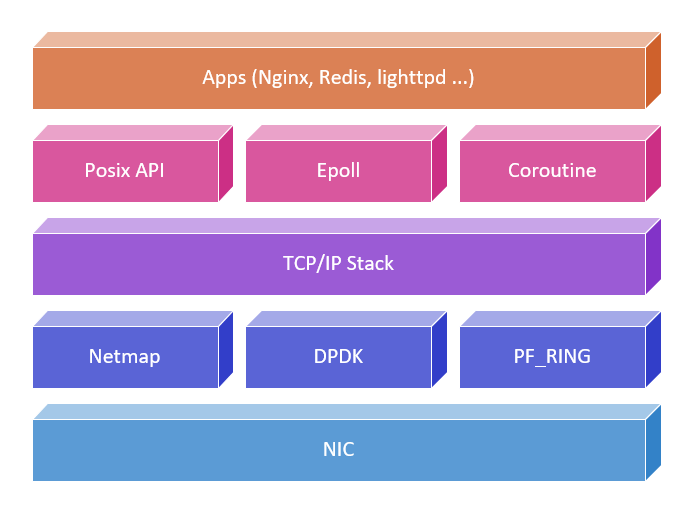
You should see the same output, but with more verbosity and in XML format. To get machine readable XML output you'll need to use the -oX filename option, which if - is used for the filename redirects to stdout. While the output here is nice and human readable, it is not something Logstash can parse. This is why the ping command is setuid with root as owner on most platforms.

The reason is that ICMP ping packets must be sent as root, otherwise the connect method will be used. You may be wondering why we need to run our ping command with sudo. Nmap done: 1 IP address (1 host up) scanned in 0.21 seconds You should see the output below: Starting Nmap 7.01 ( ) at 12:28 CST We can do this by simply running sudo nmap -sP. Let's say we simply want to check if a host is up or not with an ICMP ping. Let's start by just poking around with some Nmap basics. Using Logstash, Elasticsearch, and Kibana you can create neat dashboards, like the one I have for my home LAN below:

Check one or more hosts for one or more open ports.Ping one or more hosts and discover the RTT for the ping.I've put together a small list of things you can do with Nmap below, though it is by no means complete! It crams many different features into a single small executable. Nmap is somewhat hard to describe because its a sort of swiss army knife of network tools. This plugin lets you directly import Nmap scan results into Elasticsearch where you can then visualize them with Kibana. In this post we'll look at a brand new logstash codec plugin: logstash-codec-nmap.


 0 kommentar(er)
0 kommentar(er)
